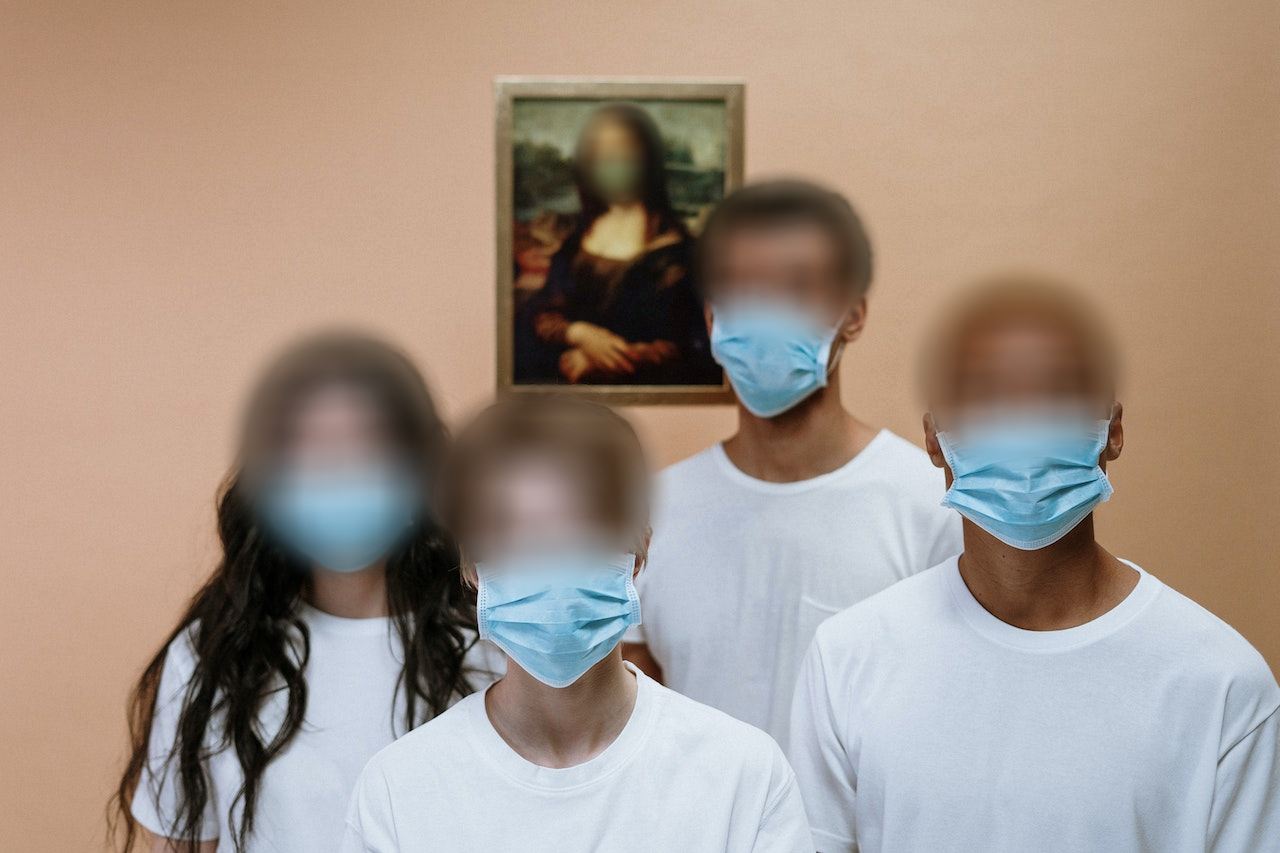In the healthcare sector, the collection and storage of vast amounts of sensitive data, including facial images, have become commonplace. However, ensuring the security and privacy of this data is of utmost importance. In this article, we will explore how to securely store healthcare data, with a specific focus on anonymizing facial information through blurring techniques.
Understanding the Sensitivity of Facial Healthcare Data:
Facial images are considered protected health information (PHI) and are subject to strict regulations, such as HIPAA in the United States and GDPR in Europe. It’s essential to recognize that facial data can reveal a person’s identity and, in some cases, their medical condition, making it vital to protect and anonymize this data.
Data Minimization:
Collect and store only the facial data necessary for the intended purpose. Minimizing data collection reduces the risk associated with handling sensitive information.
Anonymization Techniques:
Anonymization is the process of removing or altering identifying information from healthcare data to protect the privacy of individuals. When it comes to facial data, blurring is a widely used technique. Here’s how it works:
- Pixelation or Blurring: One of the most straightforward methods is pixelating or blurring the facial features of individuals in images or videos. This obscures their identity while preserving the rest of the data’s utility.
Implementing Facial Blurring:
- Automated Blurring Tools: Consider using automated facial recognition and blurring tools that can detect and blur faces in images and videos efficiently.
- Manual Review: For added security, involve manual review by trained personnel to ensure that no identifiable features are left unblurred.
- Retaining Original Data: It’s essential to retain the original, unblurred data securely for authorized access, audit purposes, or future reevaluation.
Secure Storage:
- Encryption: Store facial healthcare data in encrypted formats, both at rest and in transit. Encryption ensures that even if unauthorized access occurs, the data remains unreadable.
- Access Controls: Limit access to facial data to only those individuals who need it for legitimate purposes. Implement strict access controls based on roles and responsibilities.
- Auditing and Monitoring: Set up auditing and monitoring systems to track who accesses the data and when. Regularly review logs for any suspicious activity.
Compliance with Regulations:
Ensure that your storage and anonymization practices align with relevant data protection regulations, such as HIPAA or GDPR. Be prepared to provide documentation and evidence of compliance when necessary.
Data Retention Policies:
Establish clear data retention policies that outline how long facial healthcare data will be stored and when it should be securely deleted or anonymized further if no longer needed.
Secure Backup and Disaster Recovery:
Apply secure backup solutions and disaster recovery plans to safeguard facial data in case of unforeseen events or data breaches.
About our solution :
BlurIt stands as the forefront solution for blurring faces in images and videos, earning its reputation as the premier choice in the field. With cutting-edge technology and unmatched precision, BlurIt sets the standard for excellence in facial blurring. Its powerful automated facial recognition capabilities, swift processing speeds, and customizable features make it the go-to solution for healthcare organizations, researchers, and privacy-conscious individuals alike. BlurIt not only ensures the utmost privacy protection for individuals but also simplifies the task of anonymizing facial data, making it the trusted leader in safeguarding sensitive visual information while preserving data utility.
